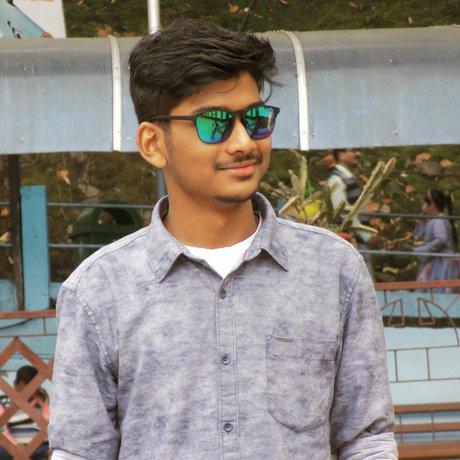Smart Prepaid Energy Meter with live monitoring using IOT
Our proposed technology is focussed on the use of pre-paid energy meter system and combines with live monitoring using IOT. For Post-paid energy meter there are lots of trouble occurring like energy theft, energy loses and many more. To reduce this problem we made smart prepaid energy meter. ...learn more
Project status: Under Development
Intel Technologies
Other
Overview / Usage
In our home, we are mainly used post-paid energy meter, but there is some problem of using it. The main problems are energy theft, energy losses. These problems can be solved by using pre-paid energy meter. Basically, this meter is the concept of electronics energy meters for records the consumer billing, the minimization of energy theft and reducing the energy losses. In this prepaid energy meter system, the consumer can pay the home billing through their mobile phone. We can also monitoring the usage of energy meter through the IOT.
Our proposed technology is focussed on the use of pre-paid energy meter system and combines with live monitoring using IOT.
Methodology / Approach
Our proposed technology is focussed on the use of pre-paid energy meter system and combines with live monitoring using IOT. In our home, we are used post-paid meter that means we have to use first and according to the unit we have to pay the money. But this meter is pre-paid that means, we have to recharge first after that we can use. It is similar to phone recharge like after complete using the money, A reminder or message send to that user that "your balance is very low.. Immediately recharge or power cut may occur". If he or she do not recharge at that moment, it will automatically cut the power of that home. So basically we are buying some unit of current and use it. So this way wastage of electricity can decrease.
Here we have interfaced electric energy meter with microcontroller using the pulse LED (Calibration or Cal) . We only need to connect this CAL LED to microcontroller through an Optocoupler IC.
When we power up the system then it reads previous values of rupees stored in EEPROM and restores them into the variables then checks the available balance with the predefined value and take action according to them, like if available balance is greater than 15 rupees then microcontroller turns On the electricity of home or office by using relay. And if balance is less than 15 rupees then Arduino sends a SMS to user phone regarding low balance alert and requesting to recharge soon. And if balance is less than 5 rupees then Arduino turns off the electricity connection of home and sends a SMS to user’s phone for ‘Light Cut’ alert and requesting to recharge soon. GSM module has been used to send and receive messages. When we send a sms by typing a number to the GSM module. System receives this message and extract recharge amount and update the balance of system and system again turns on the electricity of the house or office.
We can use this system as a sub meter also. Then we can control the particular appliances. Like if we think that we are paying 400 /- for refrigerator for one month, this system can easily do this. So this device can help to reduce the wastage of electricity.
We are also added Nodemcu to monitor the overall system via IOT. Like when we are not at home, still we can easily do monitoring the overall system via IOT from any place on earth, so we can easily see the power factor, how much unit is there and recharge it from anywhere just using our phone.
So this system can use in the industries and electricity boards to decrease the wastage of current and can easily do live monitoring the meter of every house.
We can add a live monitoring to this system through IoT so we can access it from anywhere.
Technologies Used
Hardware Used:
-
Arduino
-
Intel i5 CPU(Local PC)
-
Nodemcu/ESP8266
-
Analog energy Meter
-
IC 4N35
-
GSM module
-
Sim card
-
16*2 LCD display
-
Relay
-
ULN2003 Relay driver
-
LiquidCrystal Library
Technology Used:
-
Arduino IDE
-
EEPROM Library
-
LiquidCrystal Library
-
IOT
Collaborators
There are no people to show.




